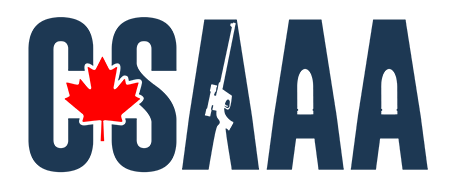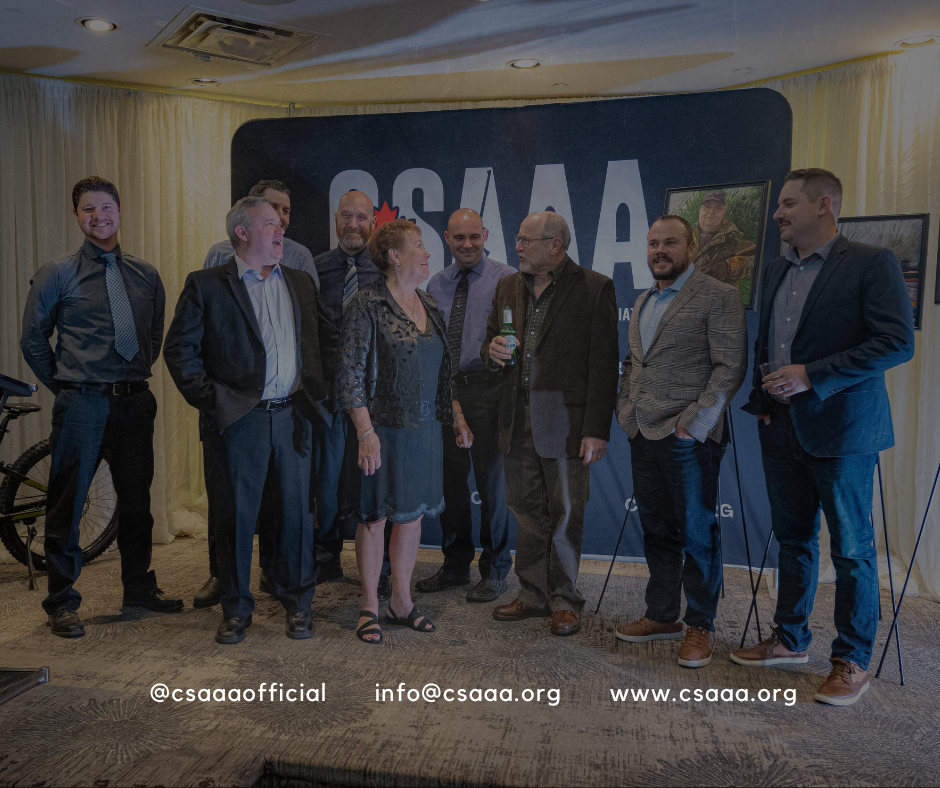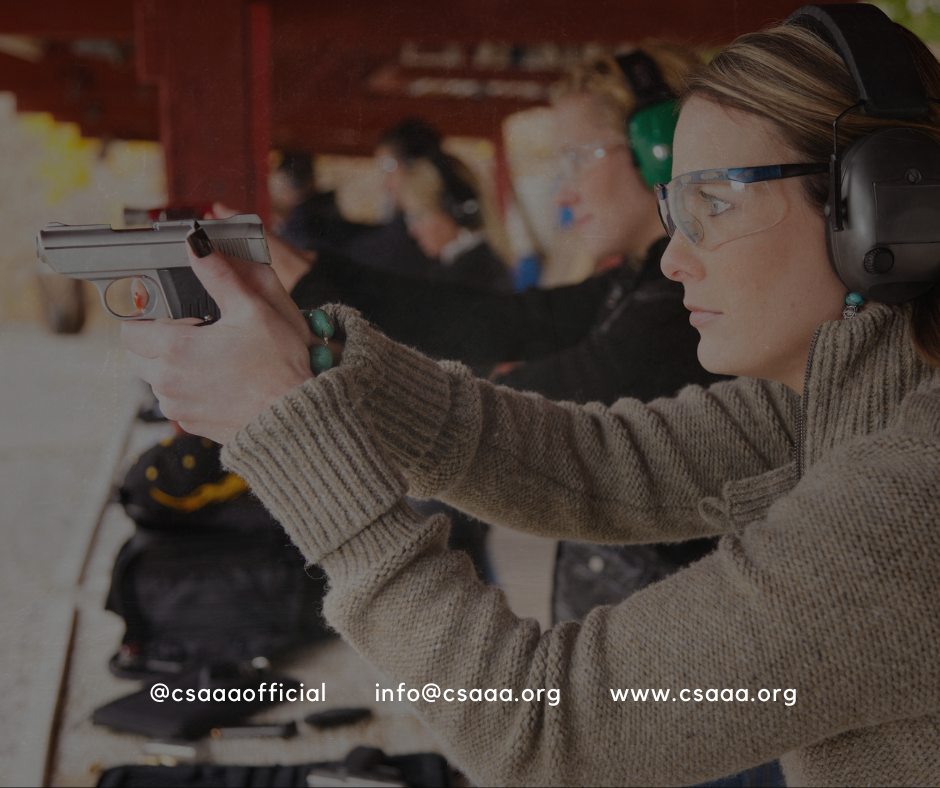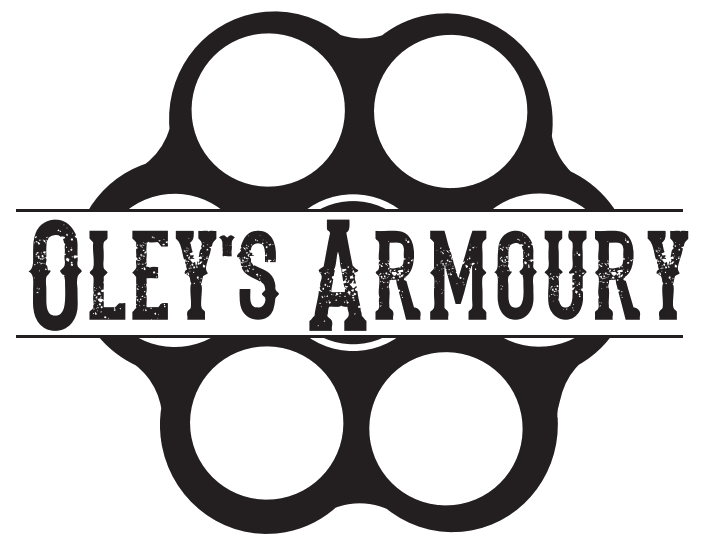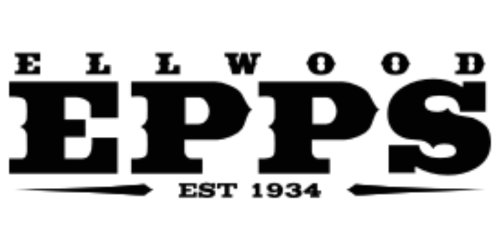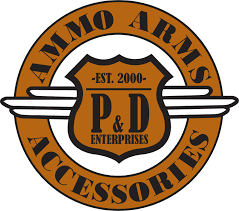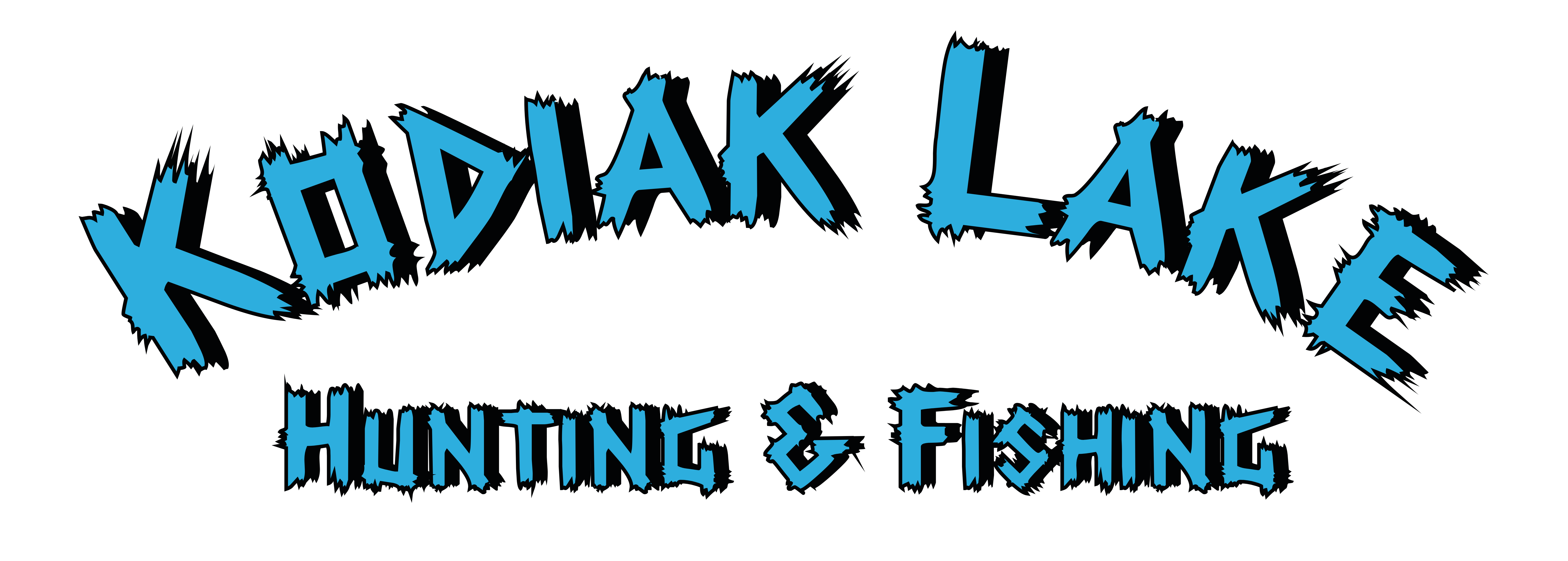Wow. May was yet again a notable and unfortunate month for the Canadian firearm history books.
On May 18th, Bill C-71’s license verification regulations for non-restricted firearms took effect. This means that any individual or business must obtain a “reference number” (to verify a firearms license that the RCMP already granted) via the Business Web Services portal/Individual Web Services portal or the call-in center that currently only operates during “banker hours” from 9 am – 5 pm Monday to Friday before having a non-restricted firearm legally transferred to them.
Were the phone lines and systems ready for the volume of legal firearms transfers? Unfortunately, it appears they were not. While our contacts at the RCMP are always speedy to respond and act when we report issues with the system, this does not make conducting day-to-day business easy (or even possible in some cases) for anyone in the firearm industry. On top of that, many consumers entering businesses are unaware of these new regulations, don’t know which email is on their file, or don’t even have access to the portal.
Bill C-71 states that firearm businesses must keep sale and inventory records on non-restricted firearms for a minimum of 20 years. How should these records be kept? The CFP and the CFO will not provide any ledgers or templates for recording this information. The businesses can decide how they will record and retain the required information, whether in hard copy or electronically. We are researching the best options and will be providing our members with record-keeping options. Not only does this new regulation mean that businesses must spend more time and money to facilitate this, but they will also see an increase in their insurance costs due to keeping this information in-store.
The only effects we are seeing of the new regulations of Bill C-71 are business (sales) loss, financial and security burdens, confusion, and headache. It is tough to understand how this will prevent criminals from obtaining firearms.
But wait… there’s more. On May 30th, the Liberal government proposed the “The New Bill C-21,” and a national freeze on legally importing, legally purchasing, and legally selling registered handguns is a central feature of firearm-control legislation tabled by the federal Liberals. Let me preface this by saying that the CSAAA had a lengthy discussion with the Canadian Firearms Program and CFOs, bringing up many concerns and questions. Unfortunately, most of our questions were unanswered, and there are currently no regulations or clarification other than the Minister’s Mandate Letter and what is available publicly. These regulations are expected to come into force in the Fall of 2022, but the Liberal government wants to see the freeze on legal handgun transfers implemented much quicker.
Now, who would have guessed that announcing a possible freeze on legal handgun transfers would result in an increase in legal handgun transfers? These handguns are being transferred to and from legal, licensed firearm businesses and individuals screened daily to ensure they are lawful citizens and highly unlikely to commit any crime.
Other than the fact that the increase in transfers puts an even more significant strain on the CFOs, web portals and call-in centers, the concern is that due to the volatility and unstable nature of our industry, businesses are left struggling to decide if they can restock and distribute their handgun inventory before the Liberal government decides to halt transfers abruptly. Once a handgun freeze is implemented, businesses could yet again be left with thousands of dollars of inventory that they cannot sell.
There were over $36 million in legal handgun imports last year, and legal handgun sales make up about 30% of most gun store business, not the mention the ammunition and sporting accessories that go hand in hand with the handguns. Firearm businesses cannot afford to lose over 30% of their business. Fast-forwarding just a touch, how will the shooting ranges that rely significantly on the handgun owners remain in business if the handgun industry is “frozen” and sports shooting dies out?
What about the airguns? Almost everyone was shocked to see our airgun industry and sporters targeted again. The government proposes prohibiting airguns that replicate a firearm, have a likeness, or resemble one “with near precision.” This is very vague, so we asked CFP what they meant by “likeness” or “replica.” These standards are currently set by CBSA when the firearm is imported, and further information was unavailable.
I wish we were done there, but it was verbally mentioned in the announcement on May 30th that another large list of firearms will be added to the May 1st OiC. During a meeting with CFP, CSAAA said that our industry must manufacture and order inventory well in advance and requested a list of these firearms or at least an idea as to what type of firearms will be added to prepare our industry. Of course, we were informed that no information was available on this topic other than that brief and vague announcement made on Monday. We could not get any hint as to what might be added to the OiC.
A few more extremely concerning items are tucked into these proposed regulations that are not part of Bill C-21 and can be passed by OiC. Details on updating magazine regulations, firearm marking regulations and strengthening secure storage can only be left to speculation, as there are still no regulations or further clarification on these items. We foresee how these regulations will only negatively impact our most law-abiding citizens and businesses.
These are very challenging times for every single person in this industry. The Canadian Arms and Ammunition Association fully understands that action must be taken to save this industry, sport, and the healthy firearm culture in Canada. If you are in any branch of the hunting or firearm industry, now is the time to join and support the CSAAA.
How can you help us fight for the Canadian businesses that are impacted by these firearm laws? Click Here to find out!

